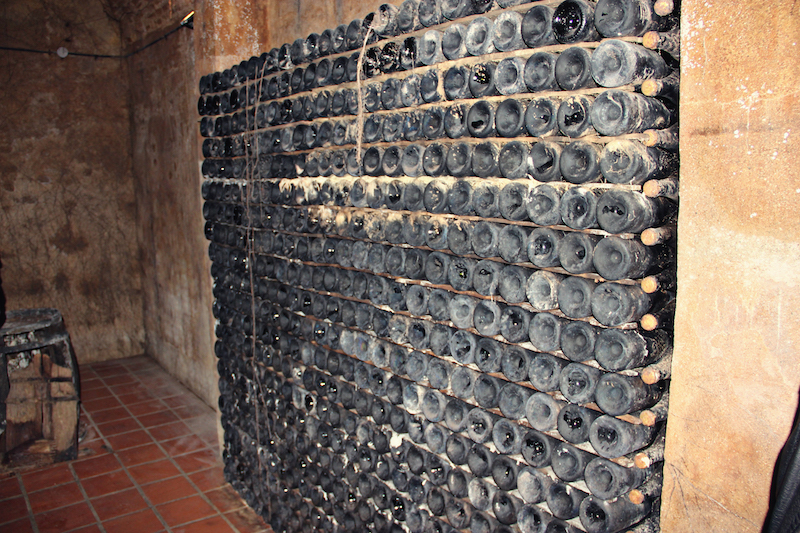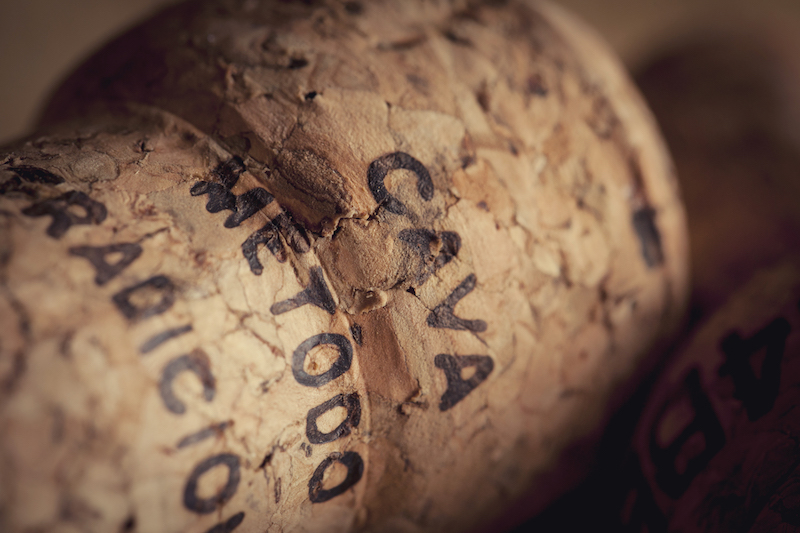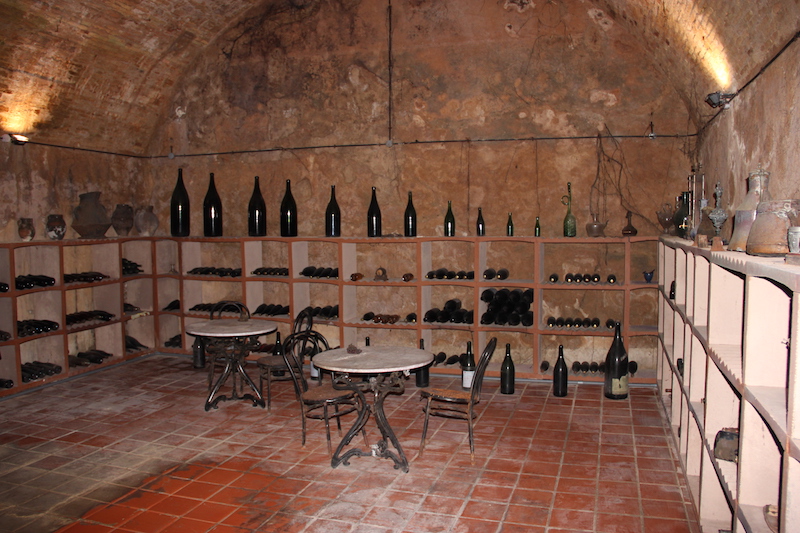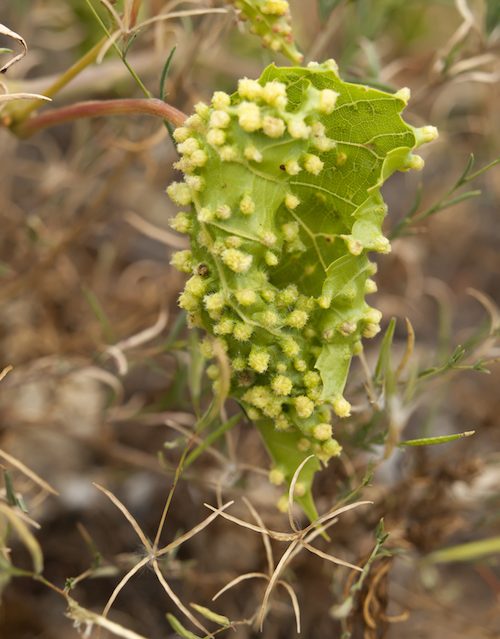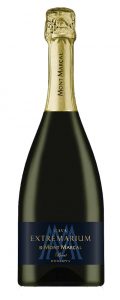With Cava sales on the rise in the U.S. since the 1970s, it’s a good time to take a look at the story of Cava and what makes it such an unstoppable sparkling wine for consumers worldwide.
Mont Marçal is the producer of Cava that is very fine in character with the tiniest most delicate bubbles, pure, precise and delicate flavors and gleaming acidity that keeps your palate refreshed. Their vintage dated sparkling wine is fashioned after the style of those made in Champagne and made using the same winemaking method as Champagne. Spanish sparkling wine, which is called Cava and named for the cellars or ‘caves’ they are aged in, is regulated by the general Cava D.O. (Denominación de Origen). The Cava Denominación de Origen outlines the guidelines that Cava must meet to call itself by this esteemed name, “Cava,” for bubbles made in Spain. One important guideline Cava producers must observe is the time the wines spend aging on the lees in the cellar, which is very similar to the guidelines of Champagne.

